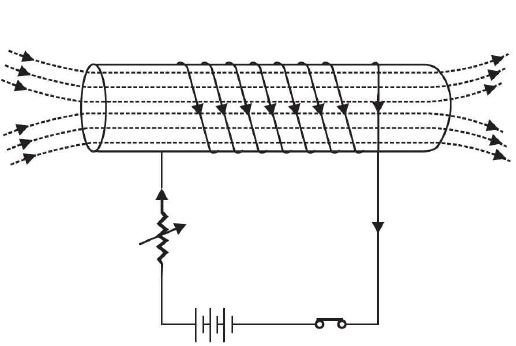
The world of electricity and magnetism is a fascinating realm of invisible forces and fascinating phenomena. One such phenomenon that often arouses the curiosity of engineers and enthusiasts is static induced electromotive force (EMF) in circuits. Although electromotive force is commonly associated with moving magnetic fields, statically generated EMFs defy our understanding, manifesting in stationary magnetic circuits. Understanding this fascinating concept is essential to understanding the fundamentals of electromagnetic induction and its applications. In this article, we embark on a journey to demystify static-induced electromagnetic fields in circuits and uncover their origins, properties, and meaning in various fields. By exploring this fascinating topic, we aim to shed light on the invisible forces at play and deepen our understanding of the complex relationship between magnetism and electricity.
Changing the flux lines in relation to the coil is achieved without physically moving the ring or electromagnet. This constant electromotive force in the ring without physical measurement of the ring or magnet is called static induced electromotive force.

Explanation
For there to be an induced electromotive force, there must be a change in flux relative to a coil. Such change is achieved without physical movement, decreasing and increasing current, creating change over time.
Consider a magnet that produces the flux necessary to produce an electromotive force. Now let the current through the solenoid be an alternating current. This alternating current means that it changes its intensity sporadically over time. This creates an alternating flow, that is, dynamic over time. Therefore, there is dф/dt with respect to the coil placed near the magnet. This is often responsible for creating an electromotive force in the coil. This is often referred to as static induced electromotive force.
This induced electromotive force occurs only in a device called a power transformer.
note : The alternating flux connected to the coil creates an electromotive force in the ring that carries an alternating current.
The statically induced electromotive force is classified as follows:
- Self-induced electromotive force
- Dynamically induced electromotive force
Introduction of electromagnetic induction
Electromagnetic induction, a fundamental concept in physics, revolutionized our world by allowing the generation of electricity and powering countless devices and systems that have become an integral part of modern life. The discovery of electromagnetic induction by Michael Faraday in the 19th century laid the foundation for the development of electrical generators, transformers, and a wide range of electrical and electronic devices.
Magnetic effect of an electric current
The magnetic effect of an electric current is a fascinating phenomenon that reveals the complex relationship between electricity and magnetism. It was discovered in 1820 by Hans Christian Oersted when he noticed that a compass needle deviated from its original position near a live wire. This groundbreaking observation laid the foundation for understanding electromagnetism and paved the way for numerous technological advances.
Conclusion
In summary, demystifying static induced electromotive force (EMF) in circuits reveals the hidden complexities of electromagnetic phenomena. By understanding the origins, properties, and meaning of statically induced electromagnetic fields, we gain a deeper understanding of the fundamental principles of electromagnetism and their practical applications.

